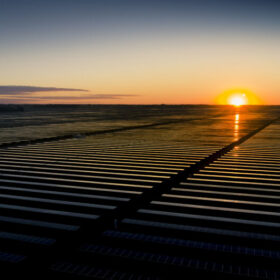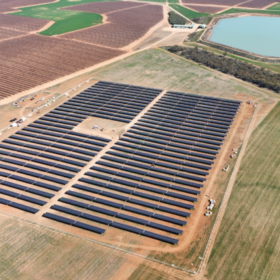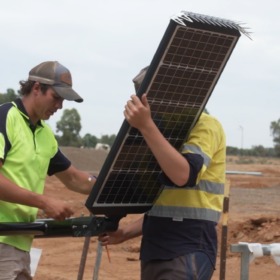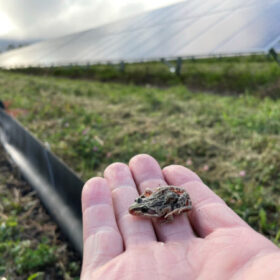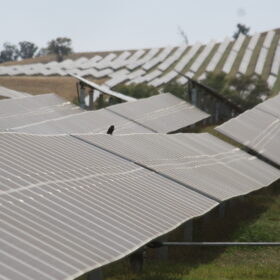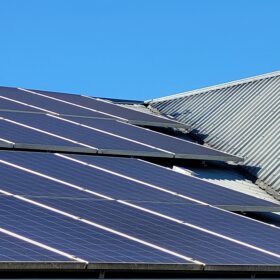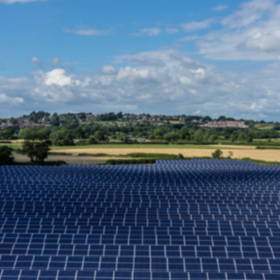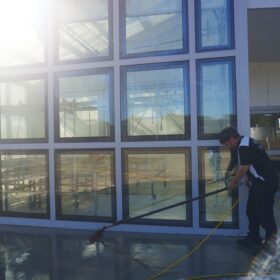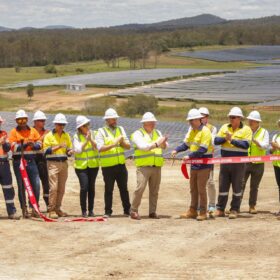NSW solar and storage project gets state planning approval
A 90 MW solar farm and 360 MWh battery storage project proposed for northern New South Wales has secured planning approval as the state government continues to transition the electricity sector from coal and gas-fired power to renewable energy.
Clean energy future outlined in draft Victorian 2025 transmission plan
The Victorian government has released its draft 2025 transmission plan, which sets out the proposed renewable energy zones and transmission projects the state will need to deliver power to the state by 2040.
AGL commissions Australia’s first heterojunction technology solar farm
An AGL and Risen Energy collaboration has seen Australia’s first utitily-scale solar farm using Heterojunction technology commissioned in southern New South Wales to power an almond orchard’s farming operation of over 700,000 trees.
Off-grid solar street lighting delivers control of energy assets for local council
Melbourne-based off-grid public solar lighting provider Leadsun has collaborated with a New South Wales local council to install off-grid public solar street lighting in a new residential development.
New biodiversity toolkit helps solar farm developers fast-track projects
New South Wales-based biodiversity offset provider Thesium has launched a new product designed to help solar farm developers de-risk and accelerate their projects, which includes a credit feasibility analysis and board-ready stakeholder documentation.
How to assess bifacial PV system performance on sloped terrains
Scientists have developed a precursor formulation for different PV simulation tools that can help calculate the expected performance of solar farms deployed on hilly slopes. Validation tests against an experimental setup showed an error of less than 3%.
South Australian solar installer convicted for false claims
An electrician in South Australia has been convicted and fined for providing false or misleading documents in the small-scale renewable energy scheme.
Elgin secures connection approval for hybrid solar and battery project
Renewables developer Elgin Energy says it has secured connection agreement with the Australian Energy Market Operator for a 150 MW solar farm and 250 MWh battery energy storage system being developed in regional Victoria.
Ergon plans ‘Queensland first’ microgrid in state’s far north
Queensland government-owned utility Ergon Energy has announced it will build the state’s first network-connected microgrid as it investigates how to best utilise distributed energy resources, such as rooftop solar, and improve the reliability of electricity supply in edge-of-grid communities.
ClearVue does manufacturing and distribution deal for NZ
ClearVue Technologies has entered the New Zealand market through an exclusive manufacturing and distribution agreement for its solar glass and building integrated PV technology with Viridian Glass, the nation’s largest glass fabricator.
